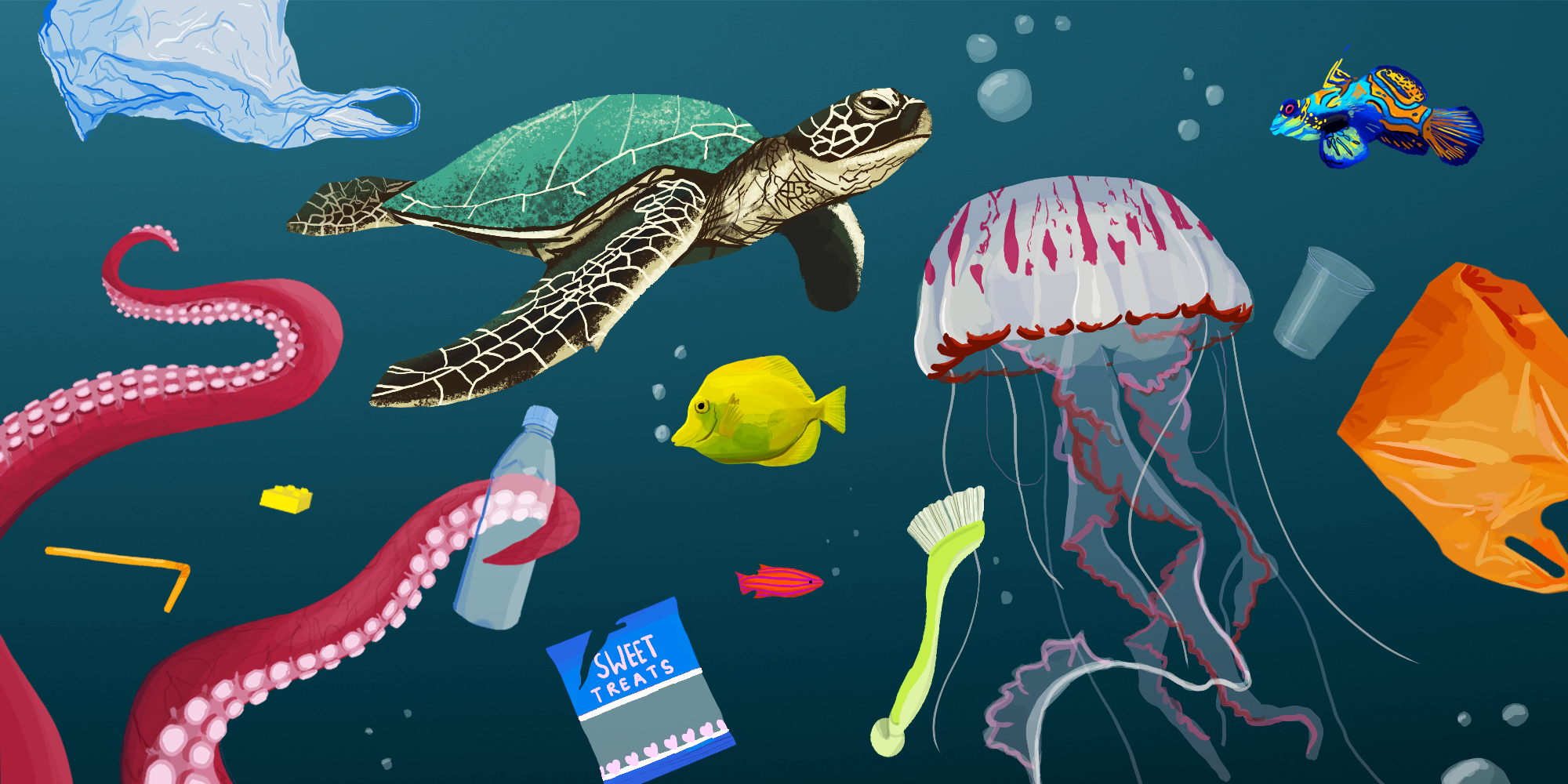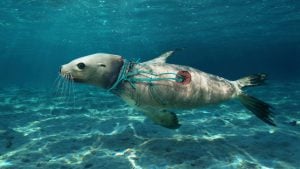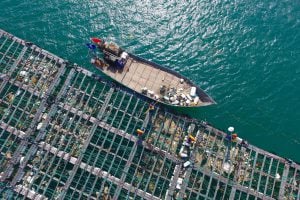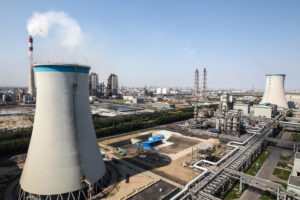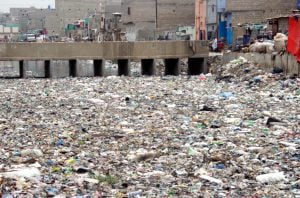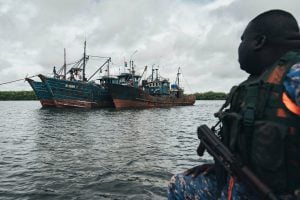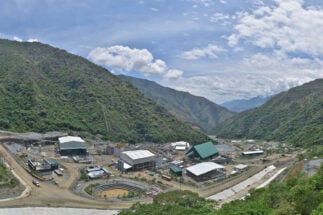Every year, 8 million tons of plastic enter the ocean. That’s equivalent to one truckload dumped into the sea every minute of the day. From there, it goes on a long and destructive journey. “The plastic that enters the ocean can be carried vast distances by currents to all parts of the world, including remote Antarctica and the Mariana trench, the deepest place on Earth,” says Winnie Lau, senior officer for The Pew Charitable Trusts’ Preventing Ocean Plastics campaign. Along the way, it infiltrates ecosystems and causes untold harm to marine life.
Yet despite the scale of this problem, global plastic production continues, placing the oceans at ever-increasing risk. What makes the ocean so vulnerable to plastic pollution – and what can we do to limit the amount that gets in?
What’s the problem with plastic?
Plastic is almost inescapable in our daily lives. It’s used to make everything from food packaging to toiletries, clothing, furniture, computers and cars. This ubiquitous material is designed to be very durable – and as a result much of it doesn’t biodegrade. Depending on the type, plastic can take between a few decades to potentially millions of years to disintegrate in landfill. Consequently, unless it’s burned, which itself causes pollution, nearly every piece of plastic ever manufactured still exists today – and when it enters the ocean, its effects can be felt for centuries.
Where does waste come from?
Globally, we produce more than 300 million tons of plastic waste each year, and that number is rising. Yet of all the plastic waste ever created, only 9% has been recycled, while the rest has been incinerated or discarded, mainly ending up in landfills. A big reason for this is that 50% of the plastic we produce is single use, meaning it’s intended to be thrown away immediately after it has served its purpose – like straws, plastic carrier bags and water bottles. Because it’s so frequently produced and so rapidly discarded, single-use plastic increases the amount of waste entering landfills, and in turn, that increases the amount that inevitably escapes into the environment.
Why is the ocean so badly affected by plastic?
Incredibly vast and deep, the ocean acts like a huge sink for global pollution. Some of the plastic in the ocean originates from ships that lose cargo at sea. Abandoned plastic fishing nets and longlines – known as ghost gear – is also a large source, making up about 10% of plastic waste at sea. Marine aquaculture contributes to the problem, too, mainly when the polystyrene foam that’s used to make the floating frames of fish cages makes its way into the sea.
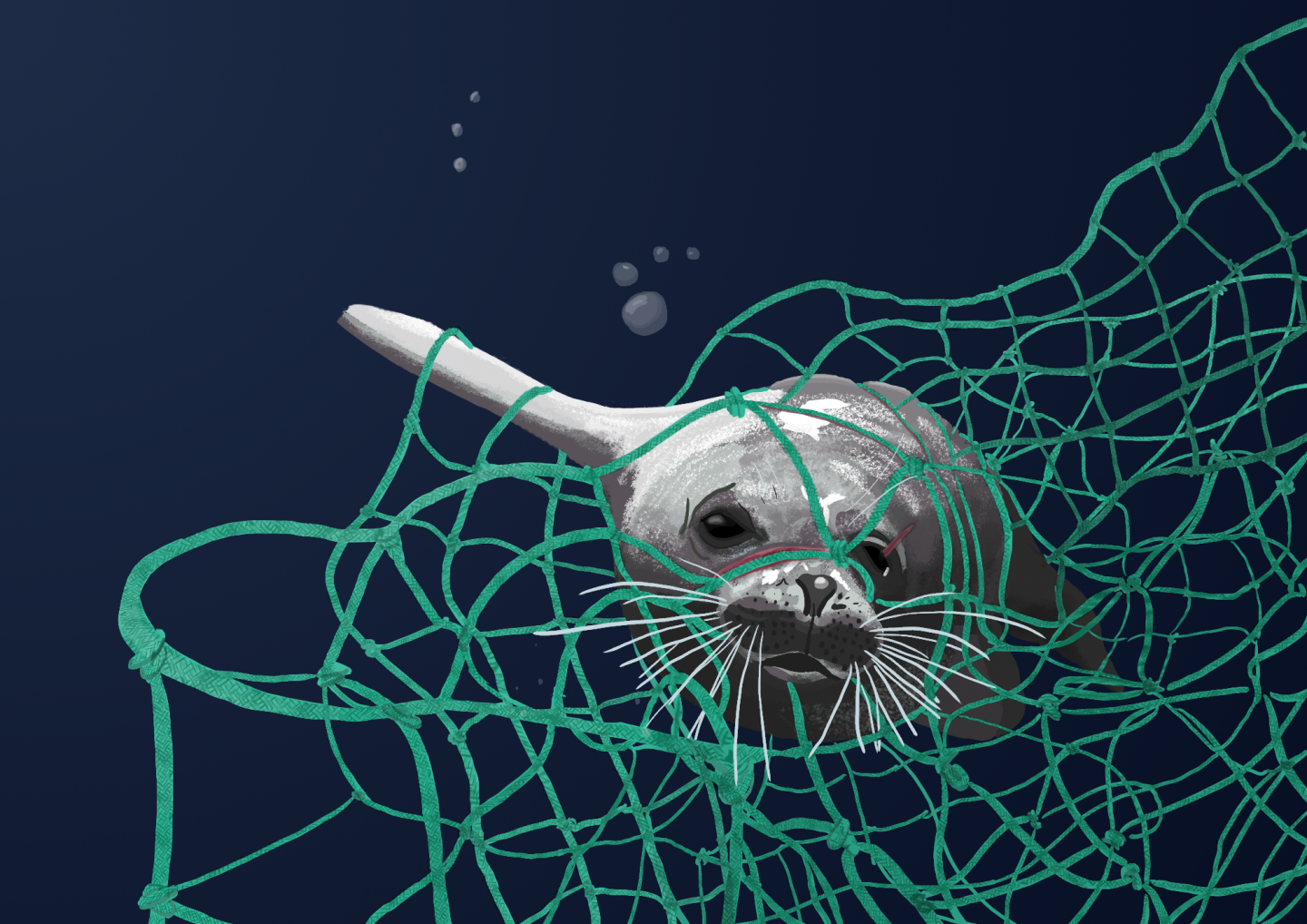
But the vast majority of waste enters the water from land. Extreme weather and high winds brings it there, and pollution along coastlines gets swiftly hauled out by the tides. The ocean is also the endpoint for thousands of rivers, which carry tonnes of loose litter and waste from landfills, ultimately depositing it into the sea. In fact, just 10 rivers worldwide, eight of them originating in Asia, are responsible for the bulk of river-borne plastic that enters the oceans: China’s Yangtze is the biggest source, contributing 1.5 million metric tonnes each year. That’s mainly because several countries outsourced their plastic waste management to China. Until January 2018, when it banned the trade, China imported almost half of the world’s plastic trash.
Once in the ocean, the harsh conditions and constant motion cause plastic to break down into particles of less than 5mm in diameter, called microplastics. This disperses plastic even farther and deeper into the ocean, where it invades more habitats and becomes effectively impossible to retrieve.
What’s the impact on marine life?
Hundreds of thousands of marine animals get entangled in plastic waste each year – especially in ghost gear – which limits their motion and their ability to feed, and causes injuries and infections. Less visible is the devastation that occurs through the ingestion of plastic: seabirds, turtles, fish, and whales commonly mistake plastic waste for food, because some has a similar colour and shape to their prey. Floating plastic also accumulates microbes and algae on the surface that gives it an odour that’s appetising to some sea animals. Once animals consume it, ingested plastic can pierce internal organs or cause fatal intestinal blockages; it also leads to starvation, because a stomach crammed with plastic gives an animal the illusion of being full.

Microplastics look similar to plankton, too, which is food for hundreds of species at the base of the food chain, meaning plastic infiltrates entire ecosystems. Researchers have even discovered that organisms as tiny as the polyps in corals regularly consume microplastics.
Furthermore, plastics absorb pollutants that are floating around in the ocean, and contain harmful chemicals themselves. Preliminary research suggests that when animals consume these toxin-infused particles, it could damage their organs, make them more susceptible to disease, and alter their reproduction.
How bad is it, really?
Plastic pollution is so pervasive that it’s been found in some of the wildest and most remote locations on our planet, including Antarctica, and the deepest canyons of the Mariana trench. Ocean currents have coalesced floating plastic into five huge, swirling deep sea gyres – such as the Great Pacific Garbage Patch, which covers an area of ocean three times the size of France. Estimates suggest there could be upwards of 5 trillion individual pieces of plastic floating in the ocean. And if we continue producing plastic at current rates, the amount could outweigh all the fish in the sea by 2050. Research also shows that more than 800 coastal and marine species are directly affected by plastic waste through entanglement, ingestion, or damage to their habitats. Studies show that 90% of seabirds, and 52% of all turtles on the planet have consumed plastic. Additionally, a million seabirds and 100,000 marine mammals die annually because of plastic waste.
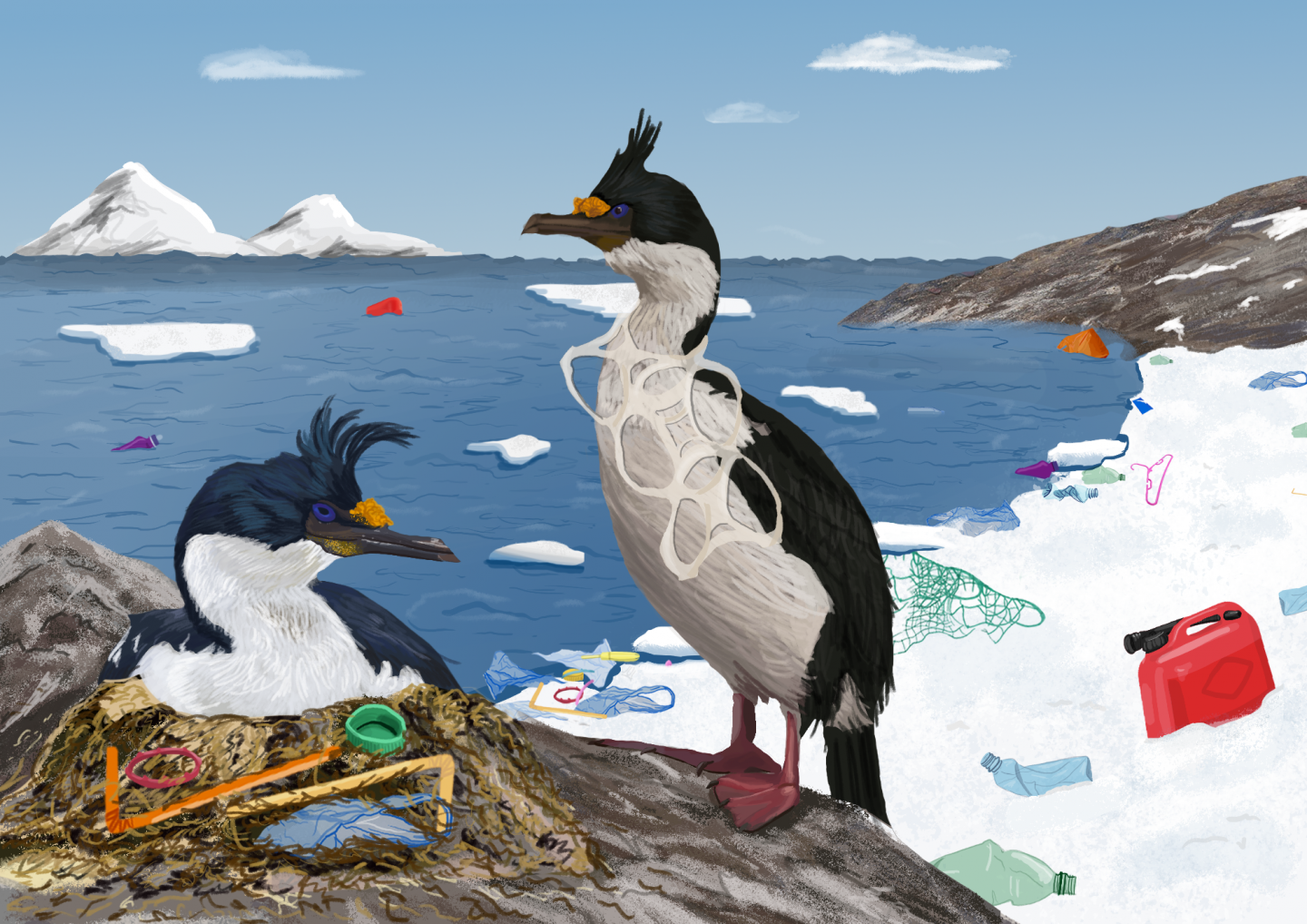
How does plastic pollution impact humans?
When marine animals consume plastic, the toxins it contains breaks down inside their bodies. So when humans eat seafood, we’re consuming these, too. Some of these plastic toxins are linked to hormonal abnormalities, and developmental problems. But researchers are still trying to understand exactly how our health is affected when we consume plastic via fish and shellfish. Analyses so far have suggested that microplastics don’t necessarily pose a risk to human health. But there’s still lots we don’t know. One concern is that plastics in the ocean eventually degrades into nano-plastics, which are so small they could enter human cells when consumed. In 2019, experts called for more research into the effect of micro- and nano-plastics on human health.
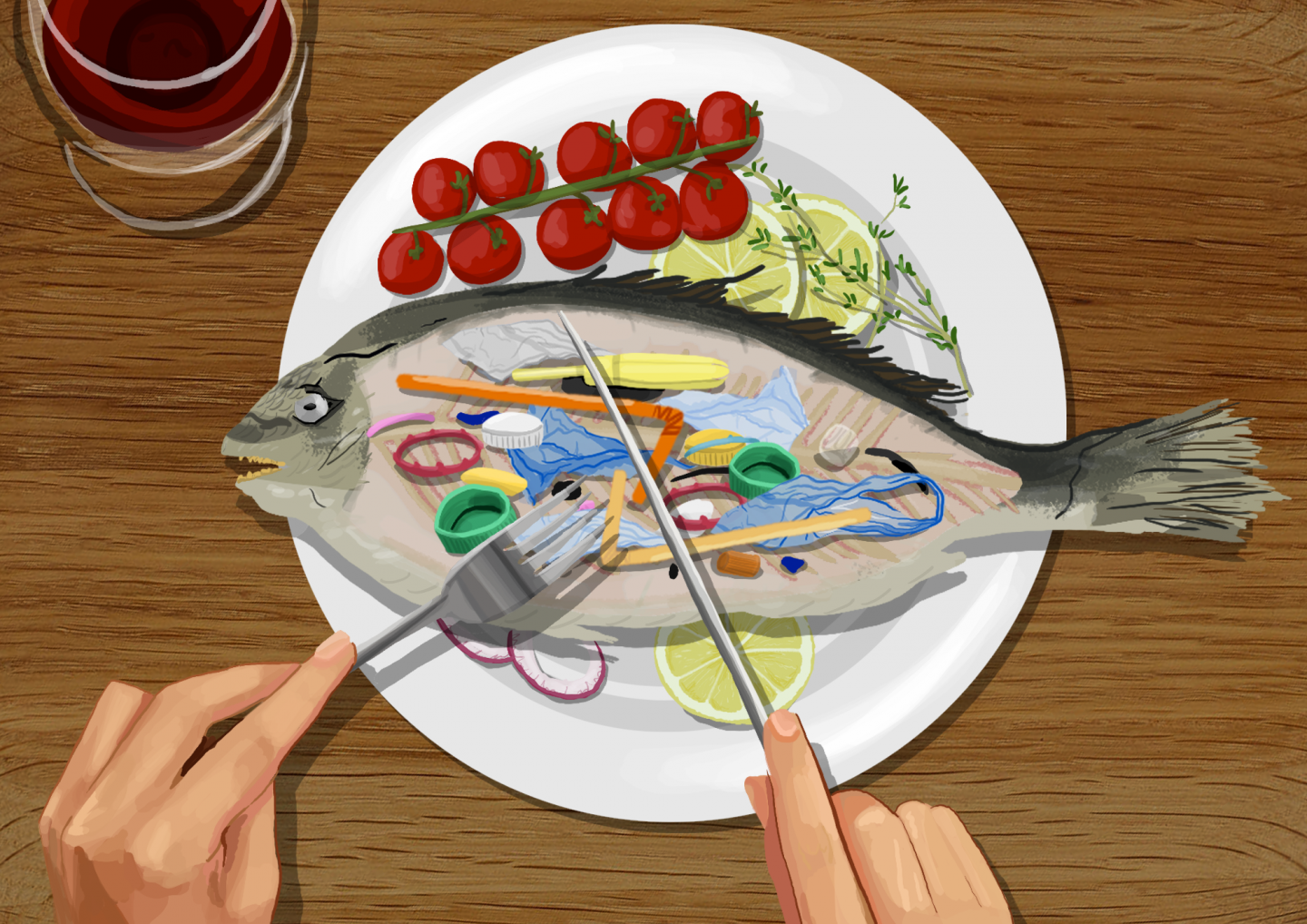
What can I do?
Undoubtedly, the biggest impact consumers can make is to reduce their use of single-use plastic, which contributes a significant share to plastic pollution in the sea. Recycling plastic wherever possible is also important. Volunteering for group clean-ups of rivers and beaches helps to reduce the amount of loose plastic that makes its way into the sea. Supporting campaigns and policy changes that reduce the production of unnecessary plastics is crucial, too. This has led to huge successes in the past, such as the ban in the United Kingdom, the United States and other countries on using microbeads – tiny spheres made of plastic – in toiletries and cosmetics. Similarly, in China government action on plastics led to a countrywide ban in 2008 on thin, single-use carrier bags. Now that’s being extended to gradually phase out single-use plastics across the country by 2025.
Can technology help?
Researchers and innovators are developing solutions to stop plastic getting into the sea. A Dutch company called The Ocean Cleanup has invented a huge floating boom that siphons plastic waste out of the Great Pacific Garbage Patch. In the Chinese port city of Xiamen, university researchers are developing a camera surveillance system to identify plastic and forecast its trajectory downriver, so they can stop it before it enters the sea. The European Space Agency is even using its satellites to track plastic waste from space, in the hopes of informing new policies that will limit plastic pollution. Advances in developing biodegradable plastics could also have a huge impact on ocean health: researchers are currently working on a bioplastic that degrades in seawater, which could ultimately reduce the amount of waste that accumulates there.
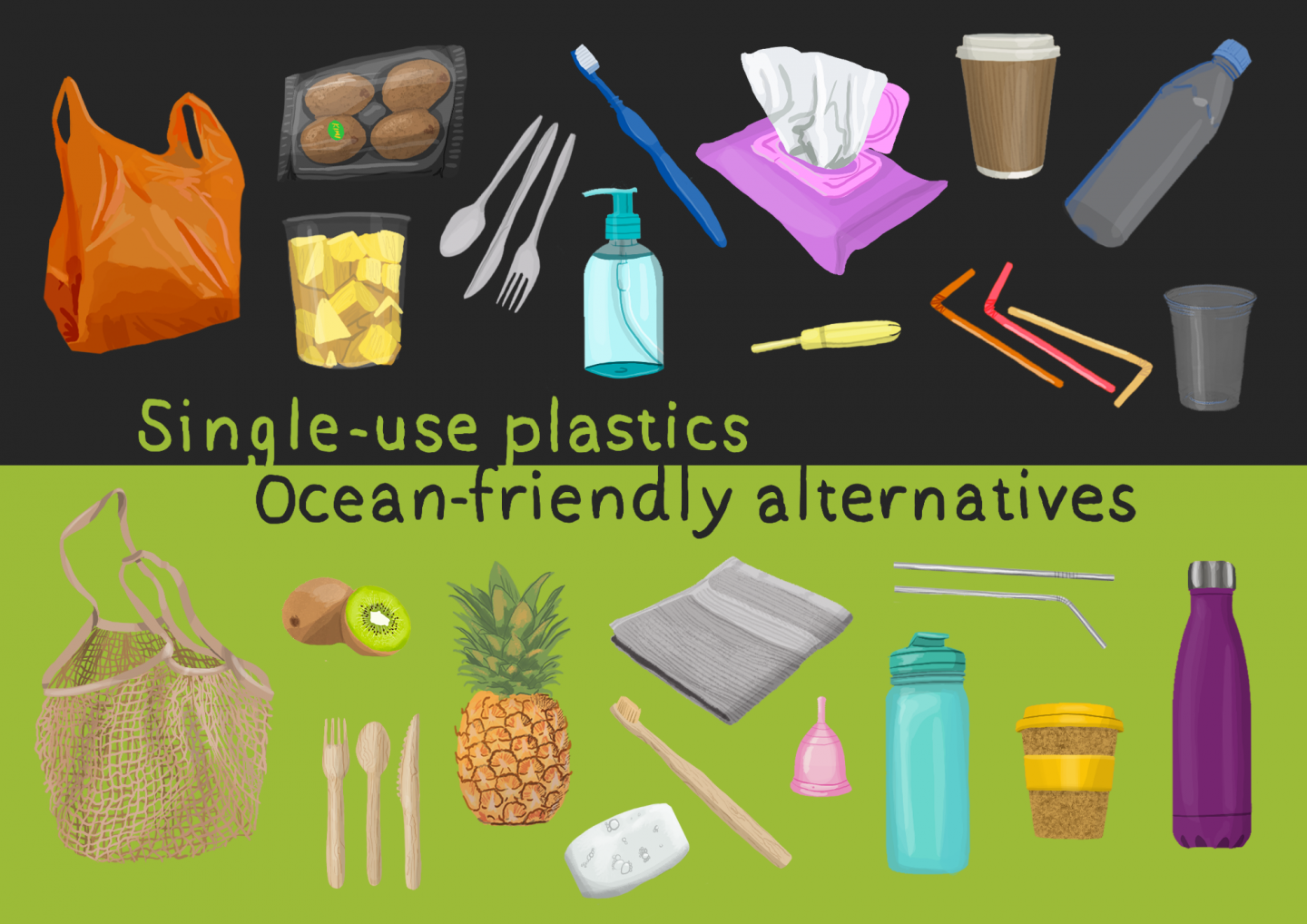
But the only way to truly solve this problem is to dramatically reduce the production of plastic, which means curbing our addiction to it. “The most important thing we must do is stop plastic from getting into the ocean in the first place, because it is not feasible or cost-effective to do large-scale cleanups,” says Lau. “Once in the ocean, plastic waste will stay there for hundreds of years or longer. That is not a legacy I would want to leave for future generations.”
